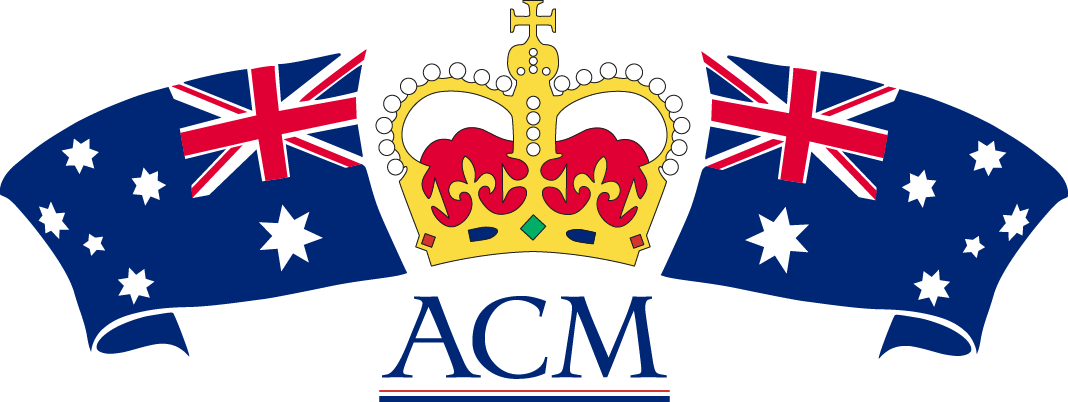Every year on Maundy Thursday before Easter The Queen presents special 'Maundy money' to local pensioners in a British cathedral or abbey. This is to recognise the service of elderly people to their community and their church. This year the Maundy Service took place at Derby Cathedral.
The number of recipients is related to the Sovereign's age; in 2010 there were 84 male and 84 female recipients. Videos follow:
{youtube}2Ruzq_Emwg0{/youtube}
{youtube}al-H3Y6Lo3E{/youtube}

The palace website shows Queen Alexandra (the consort of King Edward VII) attending a Royal Maundy Service at Westminster Abbey. The video, and one of The Queen at Carlisle in 1978, follow:
{youtube}C_jRHqY33yo{/youtube}
{youtube}gctBlJ9bKQI{/youtube}
The Palace advises that Maundy coins have remained in much the same form since 1670. They have traditionally been struck in sterling silver, except for the brief interruptions of Henry's Vlll's debasement of the coinage and the general change to 50% silver coins in 1920.
The sterling silver standard was resumed following the passing of the Coinage Act, 1946. In 1971, when decimalisation took place, the face values of the coins were increased from old to new pence.

The effigy of The Queen on ordinary circulating British coinage has undergone three changes, but Maundy coins still bear the same portrait of Her Majesty prepared by Mary Gillick for the first coins issued in the year of her coronation in 1953.
The Royal Maundy Service used to take place in London, but early in her reign The Queen decided that the service should take place at a different venue every year.

According to the site, www.maundymoney.info The word maundy is derived from the latin mandatum, meaning command. The opening words of the Maundy ceremony are " A new commandment give I unto you… "
Maundy ceremonies have been known about since circa AD 597 when St Augustine referred to them. Some records refer to the ceremony dating back to the 5th century and which followed the Mass on Maundy Thursday.
The first ceremony was in 1210 when King John was at Knaresborough in Yorkshire.In England the tradition started with the monarch giving food, clothing and wine. The first recorded instance of the monarch giving money was in Rochester in 1213 when King John gave 13 pence to 13 poor men.



